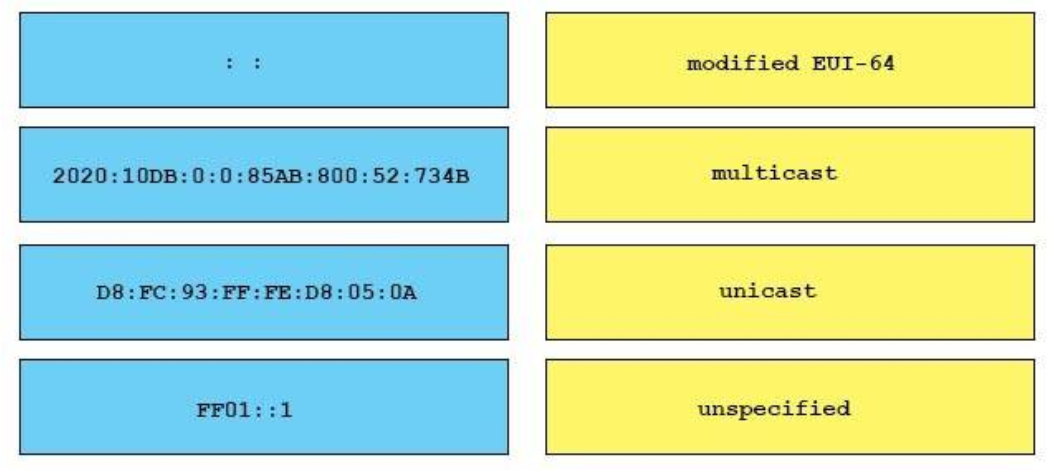

For a request URI to match a prefix string, it must start with the prefix string. There are two types of parameter to the location directive: prefix strings (pathnames) and regular expressions.

Note: In this guide, the word location refers to a single location context. Inside each location block, it is usually possible (with a few exceptions) to place even more location directives to further refine the processing for specific groups of requests. NGINX Plus tests request URIs against the parameters of all location directives and applies the directives defined in the matching location.

These blocks are defined using the location directive placed within a server directive.įor example, you can define three location blocks to instruct the virtual server to send some requests to one proxied server, send other requests to a different proxied server, and serve the rest of the requests by delivering files from the local file system. NGINX Plus can send traffic to different proxies or serve different files based on the request URIs. When NGINX Plus processes a request, it first selects the virtual server that will serve the request.Ī virtual server is defined by a server directive in the http context, for example: The NGINX Plus configuration file must include at least one server directive to define a virtual server. Also, a specific error code can be returned and you can configure a specific page to correspond to each error code. In addition, the URI can be modified, so that the request is redirected to another location or virtual server. Each location can proxy the request or return a file. NGINX Plus provides full control over this process. Each location defines its own scenario of what happens to requests that are mapped to this location. For more information about configuration files, see Creating NGINX Plus Configuration Files.Įach virtual server for HTTP traffic defines special configuration instances called locations that control processing of specific sets of URIs. At a lower level, the configuration defines a set of virtual servers that control the processing of requests for particular domains or IP addresses. For ease of reading, the remainder of the article refers to NGINX Plus only.Īt a high level, configuring NGINX Plus as a web server is a matter of defining which URLs it handles and how it processes HTTP requests for resources at those URLs. Note: The information in this article applies to both NGINX Open Source and NGINX Plus. This article explains how to configure NGINX Open Source and NGINX Plus as a web server, and includes the following sections:įor additional information on how to tune NGINX Plus and NGINX Open Source, watch our free webinar on-demand Installing and Tuning NGINX. Configuring NGINX and NGINX Plus as a Web ServerĬonfigure NGINX and NGINX Plus as a web server, with support for virtual server multi-tenancy, URI and response rewriting, variables, and error handling.


 0 kommentar(er)
0 kommentar(er)
